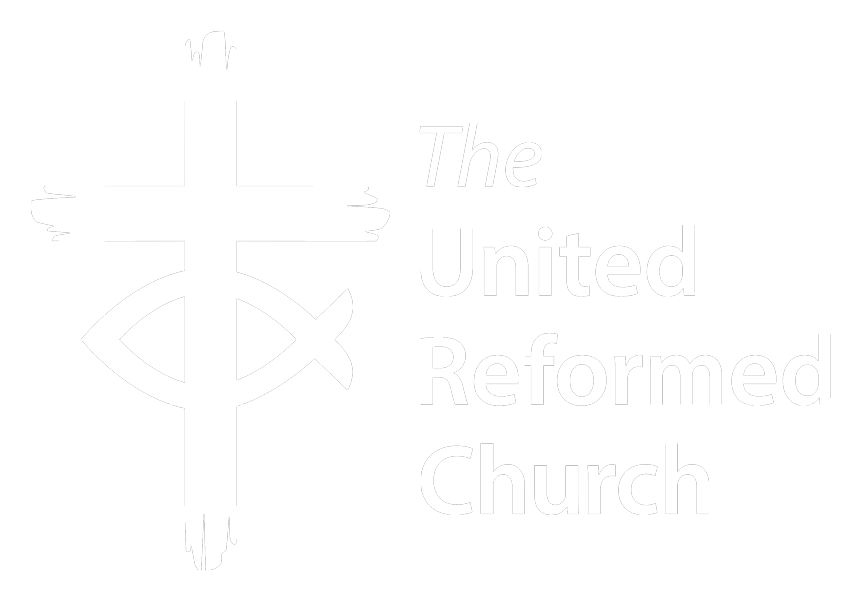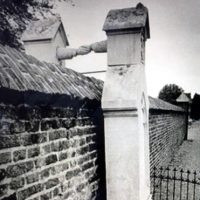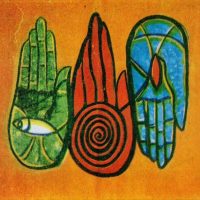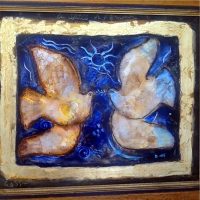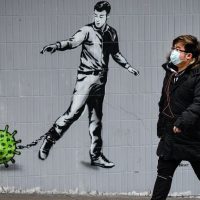Another Place: Anthony Gormley (2005)
So do not fear, for I am with you; do not be dismayed, for I am your God.
I will strengthen you and help you; I will uphold you with my righteous right hand.Isaiah 41: 10
And so, the drama of the last few months is coming to an end. We wait for word of God’s plans and calls on our lives. You wait and wait, maybe not in fear like the disciples did all those years ago. But we wait in privileged hope and expectation. And this year, more than most, we’ve had plenty of opportunity to do our waiting – in the lock down conditions that have kept us healthy. Now new fears take over: some fear the outside world whilst others are frustrated by our hiding away from it. Who do we turn to? We turn to God. He will protect us and lead us into the future.
Just before lockdown, when the world was a different place, I visited again Anthony Gormley’s art installation called ‘Another Place’: 100 cast iron self-portrait figures that stand on Crosby beach in Merseyside.
Gormley may have used his own body as a mould but these figures represent all of us: Everyman/Everywoman. They have stood on the 2 miles stretch of sand for 15 years, staring out to sea. There’s something both unsettling and hypnotic about them. I am drawn back to that beach time and again. I am drawn into Gormley’s artistic landscape just as the sea draws us in – we lose ourselves in it.
For me, the figures stand as sentinels of the subliminal zone sandwiched between humanity and nature. To one side of the figures are Liverpool’s docklands with all the muck and mess that brings, to the other the rolling sea bringing fresh clean Irish Sea briny. The tide ebbs and flows, the sea rolls from rough to smooth. The seasons come and go, the wind blows calm and storm. And through it all the figures stand constant: still there, always there, still fixed on the horizon. Waiting.
We stand in a subliminal place today: we don’t know how different the world will be in a few months’ time and Gormley’s figures give no clues to how things will turn out. But Gormley’s statues challenge us to be still. They dare us to accept the pause that has been imposed on us, to live in the today. Within this enforced interruption, we can reflect on what kind of world we want to live in, what sort of world we’d like for ourselves and for the generations following us. The lock down has given us a one-off (hopefully) opportunity to take stock and make change.
Gormley’s figures are ahead of the curve: they are social distancing, standing well away from one another along that lonely yet busy beach. They’re separated, but they’re not alone. There’s a sense of purpose and unity about them; a solidarity.
We see that same “united-separation” in society’s response to Covid-19: whether it’s people supporting and praying with one another by phone in our congregations, or neighbours drawing closer together to share resources and resilience in their cul-de-sacs.
Right now, it might feel as though we’re standing alone waiting, looking out at a grey and lonely sea but though we stand apart, we stand together; and God holds us all in his right hand. Soon we will be together again, God and His people. No longer waiting but now putting into action the love that God has commanded us to share.
For I am the Lord your God who takes hold of your right hand and says to you, Do not fear; I will help you.
Isaiah 41: 13
